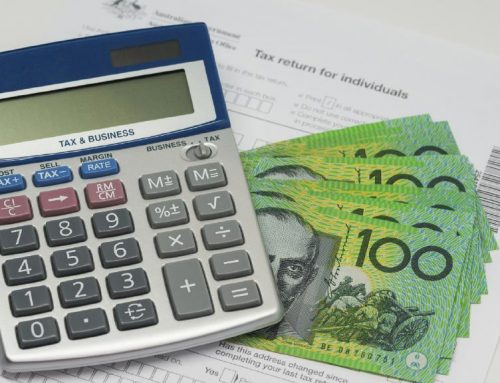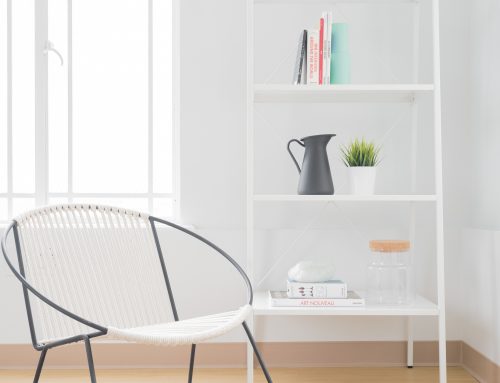The life plan for young Aussies has always been something like this: get a job, save money, buy a house, start a family. It may have worked well for past generations, but for many millennials it just isn’t that simple anymore. It’s the ‘buy a house’ bit, in particular, which is causing problems.
With many lenders demanding a 20% deposit, that means finding $156,000 and $115,200 for homes in Sydney and Melbourne respectively. Priced out of this particular market, what’s a millennial to do? You still want to save and do something productive with your money, but what are the other options?
Claire Mackay, a director at Quantum Financial, reminds prospective investors that whatever route they decide to take, some basic principles apply. Always research the product you’re investing in, maintain a financial buffer in case it doesn’t work out as planned, and have an exit strategy, she says.
So keeping those three things in mind, let’s look at some of the alternative investment options open to millennials who are struggling to get on the property ladder.
Exchange–traded funds (ETFs)
This form of investment has been popular amongst American millennials for a while, and although the ETF market in Australia is still quite small, it’s seeing growth of 50% a year, according to Australian ETF manager BetaShares.
ETFs are like index funds in that they track an index, commodity or asset class (gold stocks, healthcare, technology, the Nasdaq, FTSE 100, etc.) but they can be traded on the stock market just like shares. Management fees are typically lower than with share portfolios because you’re not paying for an expert stock picker to actively manage transactions.
BetaShares, for example, charges a management fee of 0.4%, so on , excluding brokerage fees. For younger investors, access to overseas markets without the burden of stock picking makes ETFs an appealing option.
Robo–advice
You know the careers advice questionnaire you took in school where you answered a load of questions and it told you what you should be? Now you can do the same thing for investments. It’s great for people who really have no idea what options are available and what they all mean in practice.
These computerised questionnaires will construct a personalised portfolio for you, but they’re often paired with regular financial advice so you should be clear about the cost up-front.
Stockspot, a provider of the service in Australia, says its fees are between 0.53% and 0.79% per year, including brokerage, with a $55 advice fee for balances over $50,000.
Shares in a property
You may not be able to afford a whole house right now, but there are a growing number of businesses which let you invest in part of a property.
BrickX, for instance, offers properties in shares of 10,000 ‘bricks’ initially priced at around $100 each. Monthly rental income is paid to investors proportionate to the number of ‘bricks’ they own, and there is the potential to later sell on ‘bricks’ for a profit.
While this may seem like a highly flexible investment option, experts advise investors to have a clear exit strategy as the secondary market is still establishing itself and sales may take some time.
Investment property
While Sydney and Melbourne are outright unaffordable for most millennials, there is still potential in the markets of Brisbane, Adelaide and Canberra which have made decent gains of 4.4%, 3.1% and 7.6% respectively in the last year.
In Adelaide the average house will require an $84,000 deposit at 20%, and with the benefit of negative gearing it could be an attractive option for young investors. But of course, there are downsides.
“You’ve got to do your numbers and make sure it’s going to pull its weight. You can’t sell a portion of the investment, so it is a huge commitment,” says Claire Mackay.
And if prices take a hit, as we’ve seen in parts of mining and industrial regions, the value of your mortgage may be higher than the property value so if you sell, you’ll make a loss.
“Be smart about how much you’re committing to it, and always watch the exit strategy,” she adds.
Superannuation
It may not be a sexy option, but putting extra funds into superannuation when you’re young can offer unbelievable rewards a few decades later. The disadvantage is that you won’t be able to access the funds until you reach retirement age, so it’s no good as a temporary investment.
If you don’t believe this is a good choice, just look at the numbers. You could invest $10,000 and with an interest rate of 7% you’d have $115,000 in 35 years’ time. That’s without making any additional contributions. If the rate was 8% it would increase to $163,000. All because of compound interest.
A popular option for millennials is a mobile-only fund run by a startup called Spaceship – in fact there is already a waiting list. Its portfolio will include global technology companies, and the platform aims to help customers with various super accounts consolidate them into one.
Start–ups
Prime Minister Malcolm Turnbull has recently unveiled several new tax incentives aimed at giving innovation a boost and encouraging startups. For example, small businesses (those turning over under $2 million) may now instantly reclaim purchases worth up to $20,000 – this was previously capped at $1000.
So if that house of your dreams is moving gradually further out of reach, don’t despair. You can still make your money work for you by investing it well elsewhere, and then who knows what options you’ll have in a few years’ time.











